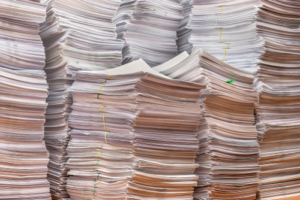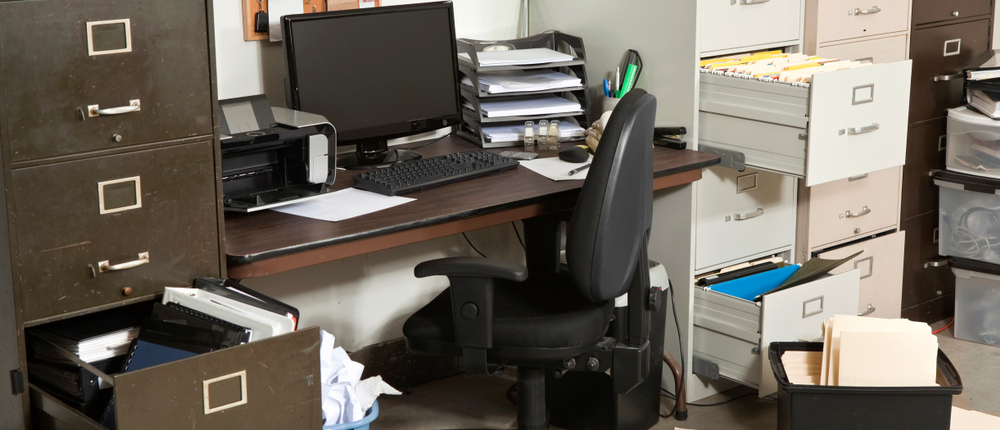This week I am teaching our Certificate of Change Management Course. I love teaching this course. I like hearing the participants’ stories, sharing insights, and showing them actions that help make change less stressful for them and their employees.
As you would expect in the certificate course, we move through the phases of an organizational change in an orderly and systematic way.
But, in the real world of organizational change, even a well-planned change is uncomfortable; both for the people doing the heavy lifting, and for the leaders, as they help their team navigate the discomfort. The change can feel chaotic and messy.
Disorder Creates New Order
Margaret Wheatley, the author of Leadership and the New Science, said, “Only with the disorder can we find the new order.”
I have always liked that statement because it reminds me that things often look worse in the middle of a transformation. But that when we understand that, we can move through the messiness.
Navigating through that messiness requires leaders to:
- Understand and tap into the normal human response to change with a Readiness Mindset™. Let go of the belief that people resist change.
When you do, like a figure emerging from a fog, you can see the order in disorder. You also prevent the resistance that adds to the discomfort, stress, and fear of change. Most of what leaders identify as resistance to the change is a normal human response based on the person’s level of readiness.
- Create a clear, concise, and concrete intended outcome story that is understood, shared and internalized by the people who will do the heavy lifting. Then use your outcome story as the beacon to guide and reaffirm where you are going and why.
 One client moving through a considerable transformation posted the outcome story map we helped them create throughout the office and in each leader’s office. When people felt discouraged and unsure of the progress, the leaders acknowledged the discomfort, revisited the intended outcome, and helped them see the progress made.
One client moving through a considerable transformation posted the outcome story map we helped them create throughout the office and in each leader’s office. When people felt discouraged and unsure of the progress, the leaders acknowledged the discomfort, revisited the intended outcome, and helped them see the progress made.
- Create a flexible transition plan with the active involvement of the people affected. Then expect to adjust your program and the timeline based on the people’s readiness and internal and external factors that can impact the change journey.
When it comes to change, accept the messiness, and allow the process to guide you toward your destination.



